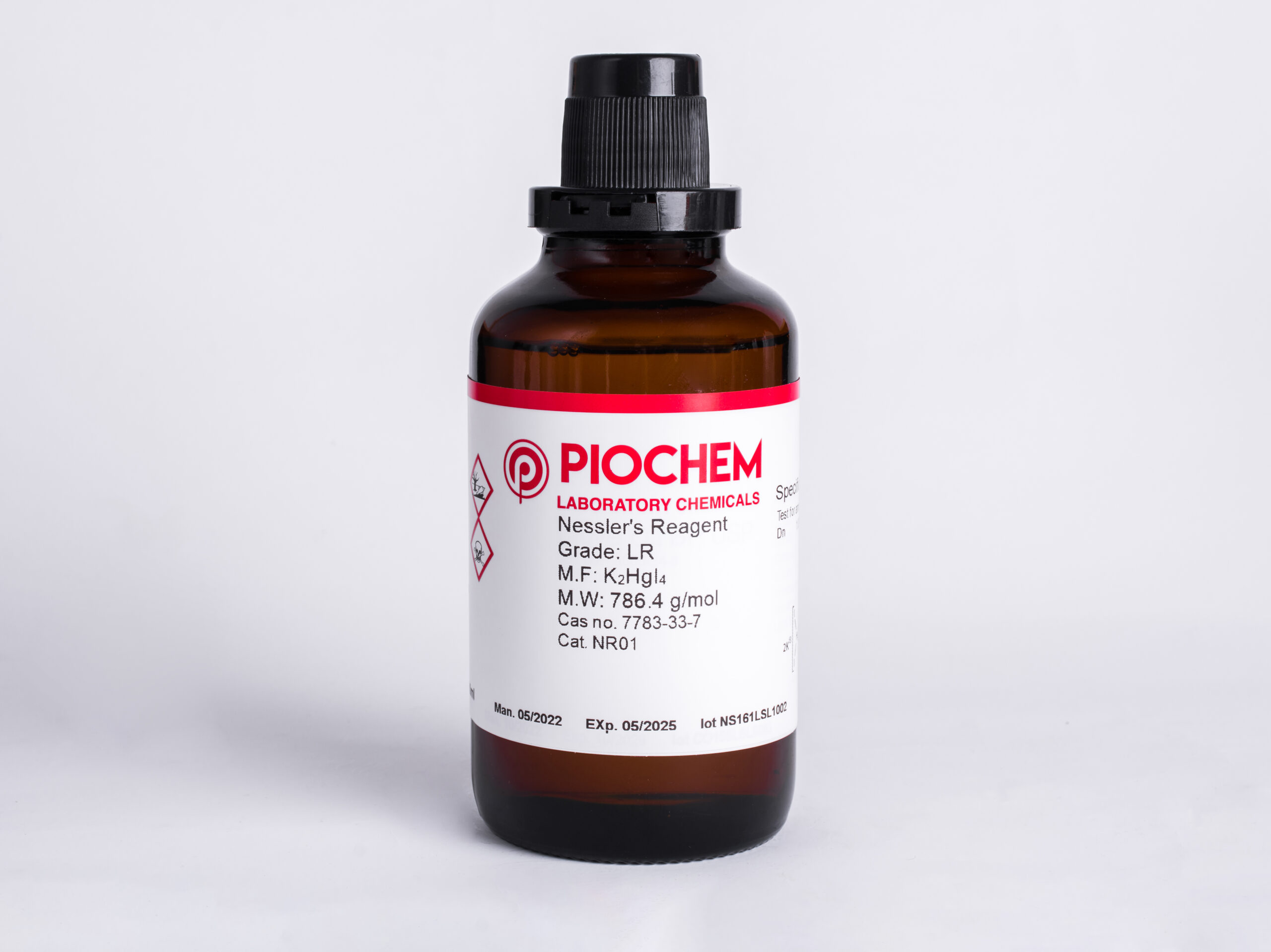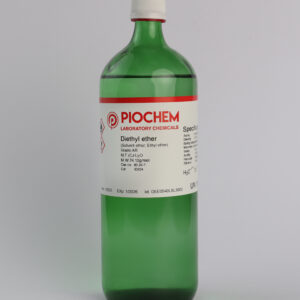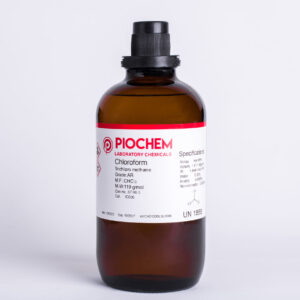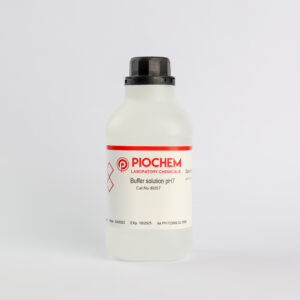Nessler’s reagent is a chemical reagent used to test for the presence of ammonia or ammonium ions. It is a brown, cloudy solution that is made by mixing potassium iodide, mercuric chloride, and sodium hydroxide. When ammonia or ammonium ions are added to Nessler’s reagent, a brown precipitate forms. The intensity of the precipitate is proportional to the concentration of ammonia or ammonium ions.
Nessler’s reagent is named after its inventor, Carl Friedrich Nessler. It was first described in 1856. Nessler’s reagent is still used today in qualitative analysis to test for the presence of ammonia or ammonium ions. It is also used in some quantitative analysis methods.
Here is the chemical reaction that takes place when ammonia or ammonium ions are added to Nessler’s reagent:
2NH3 + 3HgCl2 + 3NaOH → Hg2Cl2(NH3)2 + 3NaCl + 3H2O
In this reaction, the ammonia reacts with the mercuric chloride to form a complex compound called mercuric ammonium chloride. This compound is what gives Nessler’s reagent its brown color.
The amount of precipitate that forms when ammonia or ammonium ions are added to Nessler’s reagent can be used to quantify the concentration of these ions. This is done by comparing the intensity of the precipitate to a standard curve. A standard curve is a graph that shows the relationship between the concentration of ammonia or ammonium ions and the intensity of the precipitate.
Nessler’s reagent is a relatively safe reagent to use. However, it is important to wear gloves and eye protection when handling it, as it can irritate the skin and eyes. It is also important to store Nessler’s reagent in a cool, dark place, as it can decompose over time.





Reviews
There are no reviews yet.